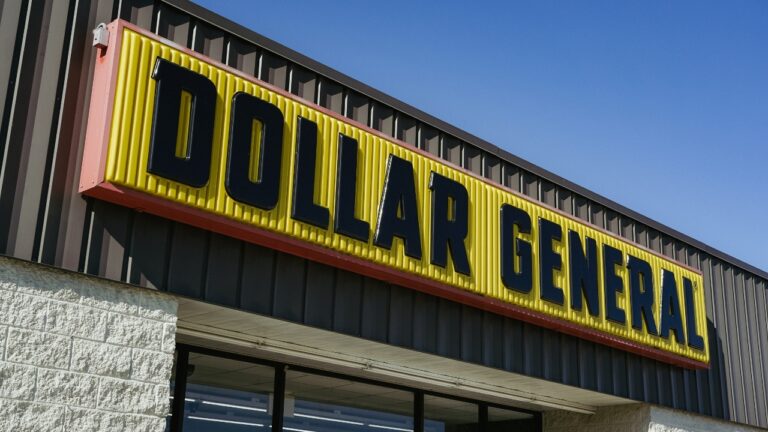You’re probably overspending on upgrades that don’t even show
It’s easy to get caught up in upgrades that feel important but don’t actually change how your home looks or functions.
The problem is, those invisible improvements eat into your budget fast—and when you step back, you realize you spent hundreds (or thousands) on things no one even notices. Before you plan your next project, it’s worth taking a hard look at where your money actually makes a difference.
Premium paint that looks the same as mid-grade
You don’t need to spend $80 a gallon on high-end paint unless you’re doing something specialized, like painting over paneling or working in a high-moisture area. Mid-range paints from reputable brands cover well and hold up fine for most rooms. What matters more is how you prep—cleaning, priming, and cutting in neatly. The average guest can’t tell the difference between a $40 gallon and an $80 one when both are applied correctly.
Hidden electrical upgrades you’ll never see
Spending thousands to move outlets, add recessed lighting in low-traffic rooms, or install extra circuits rarely pays off unless you actually need them. Most people use the same handful of outlets in daily life, and the rest go untouched. It’s smarter to focus on upgrading light fixtures, dimmer switches, or under-cabinet lighting—small electrical changes that actually affect how your home looks and feels.
Fancy drawer pulls where no one looks
Hardware is a great upgrade when it’s visible and functional, but people often splurge on expensive pulls for laundry rooms, basements, or closets that rarely get used. A $2 handle can look nearly identical to a $15 one once installed. Save your higher-end pieces for the kitchen or bathroom where they’ll actually be seen and touched every day.
High-end flooring in low-traffic spaces

Putting premium hardwood in a spare bedroom or guest room is an easy way to waste money. Those spaces see minimal foot traffic, and most visitors won’t notice the difference between engineered wood and solid oak. If you want your floors to feel high-end, focus on the entryway, living room, or kitchen instead—areas that actually set the tone for the home.
Custom closets that don’t add value
A fully custom closet might make your mornings easier, but it won’t add much resale value or aesthetic impact. Once the doors are closed, no one sees it. A DIY modular system or budget-friendly organizer gives nearly the same function without the $2,000 price tag. Spend your money on visible storage solutions like open shelving or built-ins that actually change the look of your space.
Top-of-the-line plumbing fixtures in hidden bathrooms
Upgrading a guest or basement bathroom with high-end fixtures sounds nice but rarely makes a difference to anyone but you. Most visitors won’t remember what the faucet looked like—they’ll remember if the bathroom felt clean and well-lit. You can get a great look with affordable fixtures if you focus on consistent finishes and a little style instead of brand names.
Over-insulating already efficient areas
Insulation matters, but many homeowners go overboard adding layers to walls or attics that are already properly insulated. Once you reach the recommended R-value for your region, extra insulation doesn’t do much except eat your budget. If you want a more energy-efficient home, seal gaps, add weatherstripping, or update old windows instead. Those are upgrades you’ll actually feel in your utility bill.
Hidden smart home gadgets
You might love the idea of turning your whole house “smart,” but beyond a few essentials—like a thermostat or doorbell camera—most devices don’t add much function. Smart plugs, connected outlets, and app-controlled blinds often end up unused after a few months. If it doesn’t simplify something you do every day, it’s probably not worth the cost.
Custom trim work in forgotten corners

Crown molding and wainscoting can look great, but doing every hallway, laundry room, and mudroom doesn’t make sense. Those details only make an impact where people actually spend time. Keep the trim upgrades focused on main living areas, and you’ll save hundreds while still getting the same “custom home” effect.
Upgrades that don’t change how you live
Before spending on any improvement, ask yourself: Will this make my home look better, work better, or last longer? If the answer is no, it’s probably an invisible upgrade that won’t pay off. The most satisfying projects are the ones you see and use every day—where you can point to the result and know it made a real difference.
When your money goes toward function and appearance instead of hidden extras, every dollar stretches further—and your home actually feels like it’s improving instead of just quietly costing more.
Like Fix It Homestead’s content? Be sure to follow us.
Here’s more from us:
9 small changes that instantly make a house feel high-end
The $60 Target haul that made my house feel way more put together
*This article was developed with AI-powered tools and has been carefully reviewed by our editors.







